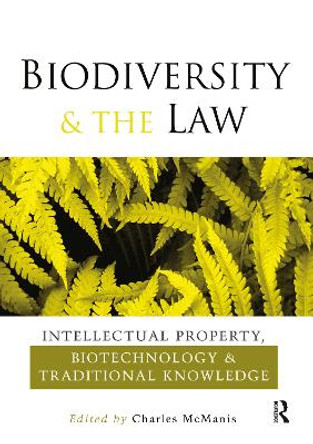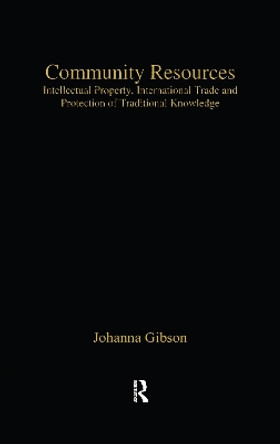The relationships between international intellectual property treaties, the United Nations international environmental treaties (first and foremost the Convention on Biological Diversity), the relevant customary norms and soft law form a complex network of obligations that sometimes conflict with each other. The first set of treaties creates private rights while the latter affirms the sovereignty rights of States over genetic resources and related knowledge and creates international regimes of exploitation of the same. Jonathan Curci proposes solutions to the conflicts between treaties through the concept of 'mutual supportiveness', including the construction of a national-access and benefit-sharing regime, mandatory contractual provisions in relevant international contracts, a defensive protection when genetic resource-related traditional knowledge is unjustly patented through the analysis of the concepts of 'ordre public and morality', 'certificate of origin' in the patent application and 'novelty-destroying prior art' and positive protection through existing and sui generis intellectual property rights and misappropriation regimes.
Analyses the methods of protection of biodiversity and related traditional knowledge in the international and comparative national intellectual property systems.About the AuthorJonathan Curci is an invited professor in international law and relations at Lecce University Law School, Italy, and Academic Development Counsel of Touro International University, Rome. He is also assistant professor of international law at the Law School of Al Quds University in Abu Dies-Jerusalem, Israel-Palestine.
Reviews'Jonathan Curci's monograph examines the international legal regime which seeks to regulate the commercial exploitation of genetic resources from an international law perspective. ... These options are worthy of a more extended analysis.' European Intellectual Property Review
Book InformationISBN 9780521199445
Author Jonathan CurciFormat Hardback
Page Count 360
Imprint Cambridge University PressPublisher Cambridge University Press
Weight(grams) 690g
Dimensions(mm) 234mm * 158mm * 21mm







